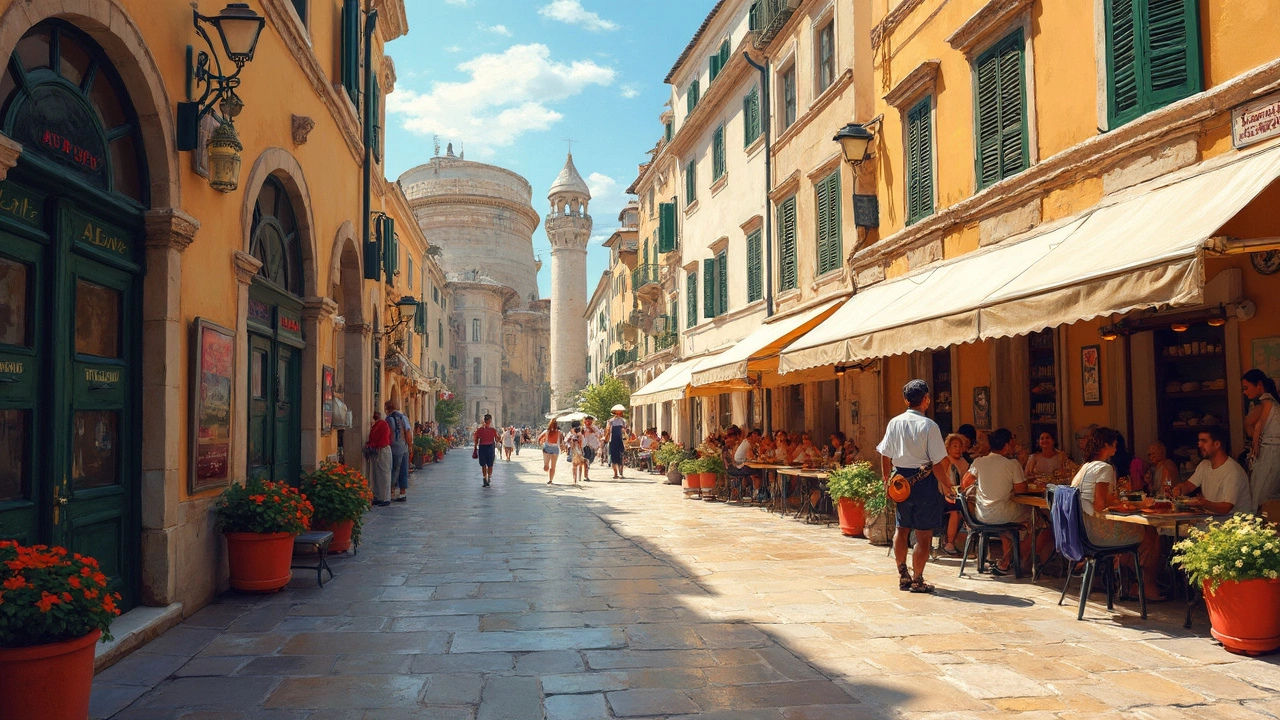Split Travel Tips: What You Need to Know Before You Go
If you’re planning a getaway to Split, you probably have a few questions: How do I get around? Where should I stay? What can I see without spending a fortune? This guide answers those basics so you can enjoy the city without any hassle.
Split is a coastal gem with a historic centre, vibrant nightlife and easy access to nearby islands. The best time to visit is late spring or early autumn—pleasant weather, fewer crowds and lower prices. Pack comfy shoes; the old town is full of stone streets and stairs, and you’ll want to explore on foot.
How to Get Around and Where to Stay
Public transport in Split is straightforward. The city bus network runs every 10‑15 minutes in the centre and reaches most suburbs. Buy a daily ticket for about €2 – it lets you hop on any bus without worrying about exact change. Taxis are cheap compared with many European capitals, but always ask for the meter to be turned on.
If you prefer freedom, rent a bike or a scooter. Both are popular with locals and let you zip between the promenade, Marjan Hill and the beaches. For short stays, look for apartments or guesthouses in the Old Town or near the Riva. These locations keep you within walking distance of restaurants, shops and the main attractions, saving you both time and transport costs.
Top Things to See, Eat and Do
The heart of Split is Diocletian’s Palace – a Roman palace‑turned‑living neighbourhood. Wander the cellars, grab a coffee in a courtyard and watch locals shop at the market. The Riva promenade is perfect for a sunrise stroll; the sea breeze and café terraces set a relaxed vibe.
For nature lovers, head up Marjan Hill. A short bus ride or a brisk walk takes you to shaded trails, panoramic views and quiet beaches. If you have a day to spare, catch a ferry from the harbour to the islands of Hvar or Brač. The rides are cheap, the water is clear, and you’ll find hidden coves perfect for a swim.
Food in Split is simple and fresh. Try a plate of grilled fish with a side of blitva (Swiss chard) or the local specialty, pasticada – a slow‑cooked beef stew served with gnocchi. Markets sell olives, cheese and figs, so you can pack a picnic for a beach day.
Budget‑savvy travelers can save by buying a “Split Card” – it covers public transport and discounts for several museums and attractions. Also, eat where locals do: tavernas a few streets away from the main tourist strip often have lower prices and authentic flavours.
Finally, respect local customs. Croatians greet with a firm handshake and a smile. When visiting churches or monasteries, dress modestly. Small gestures like saying “hvala” (thank you) go a long way.
With these tips in hand, you’re ready to explore Split confidently. Whether you’re chasing history, sunshine or great food, the city offers a balanced mix that fits most travel styles and budgets.
Is Split a Good City Break?
Split, Croatia, known for its ancient history and beautiful coastlines, offers a captivating city break. From exploring the UNESCO-listed Diocletian's Palace to lounging on stunning beaches, there's a mix of culture and relaxation. Whether wandering the charming Old Town or enjoying the local cuisine, Split is a vibrant blend of the past and present. Here's why a trip to Split could be the perfect getaway.
